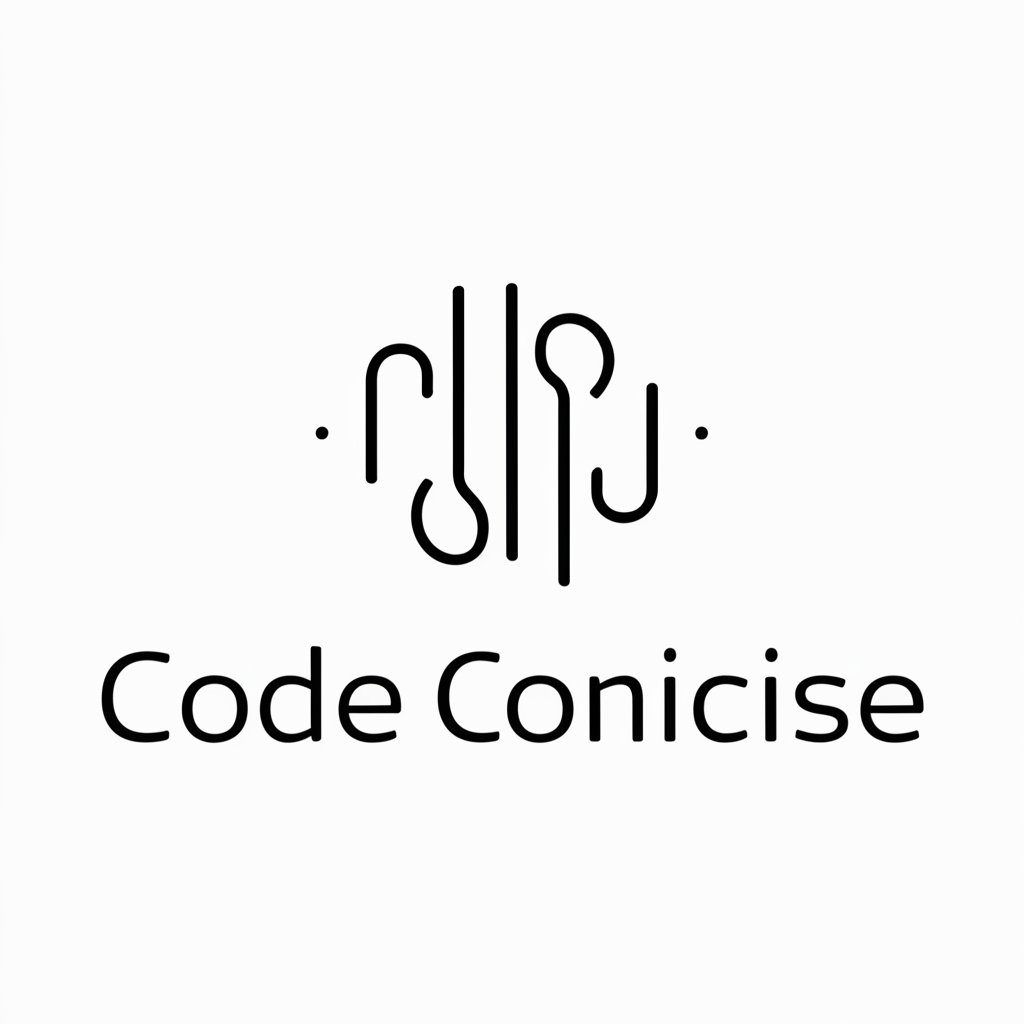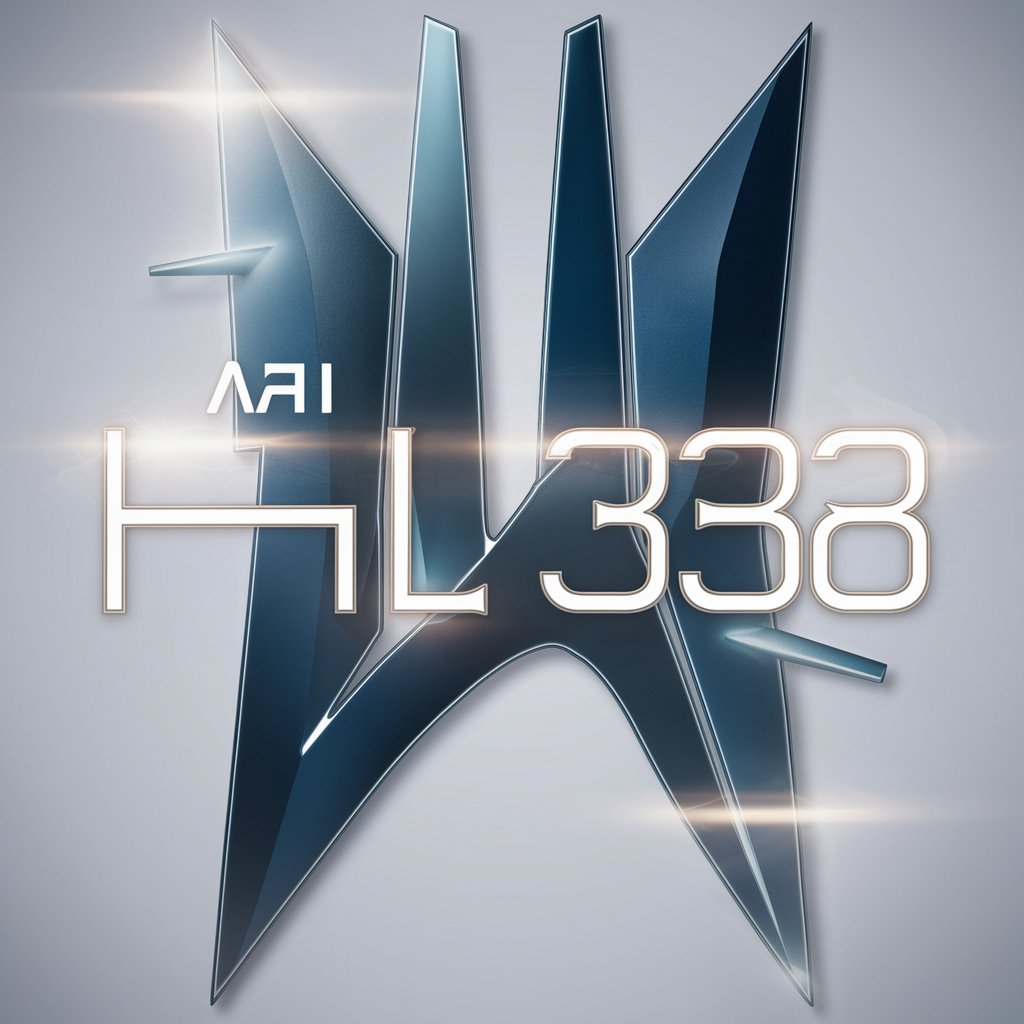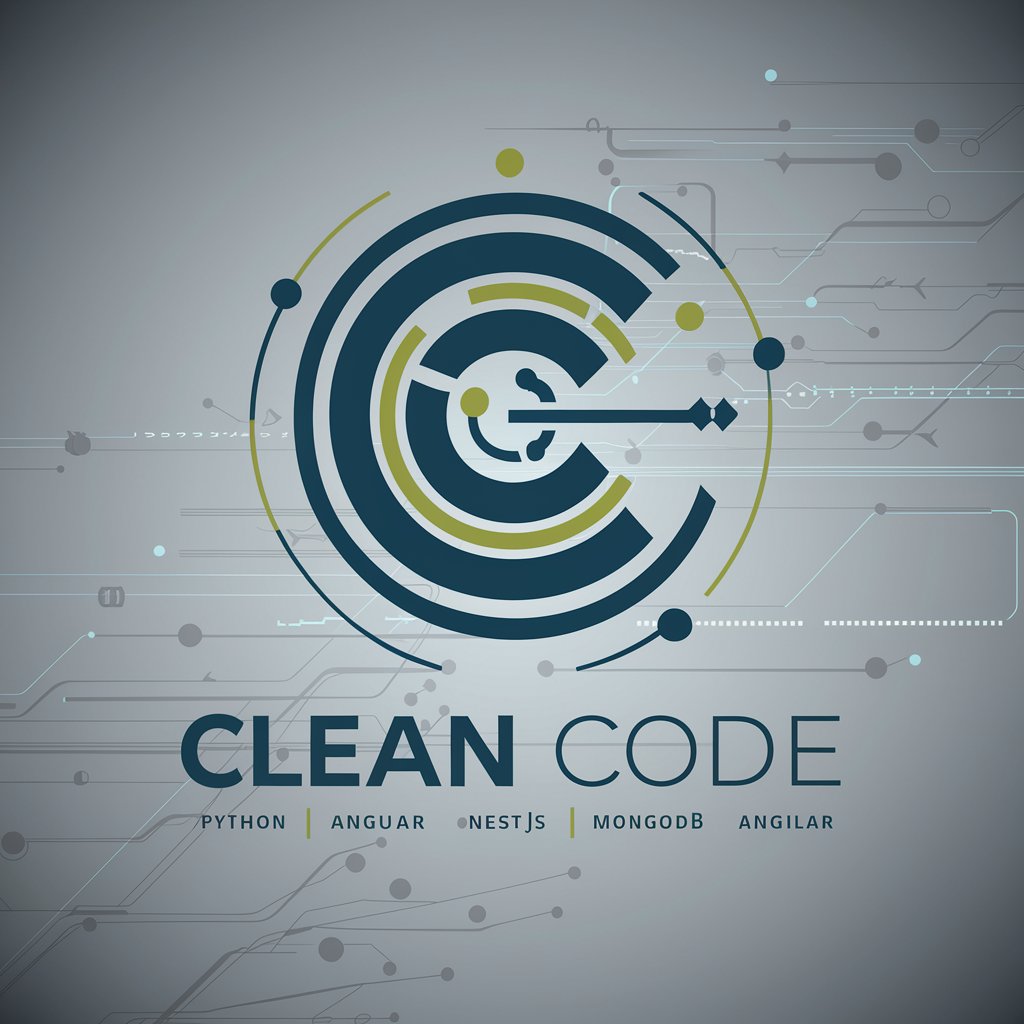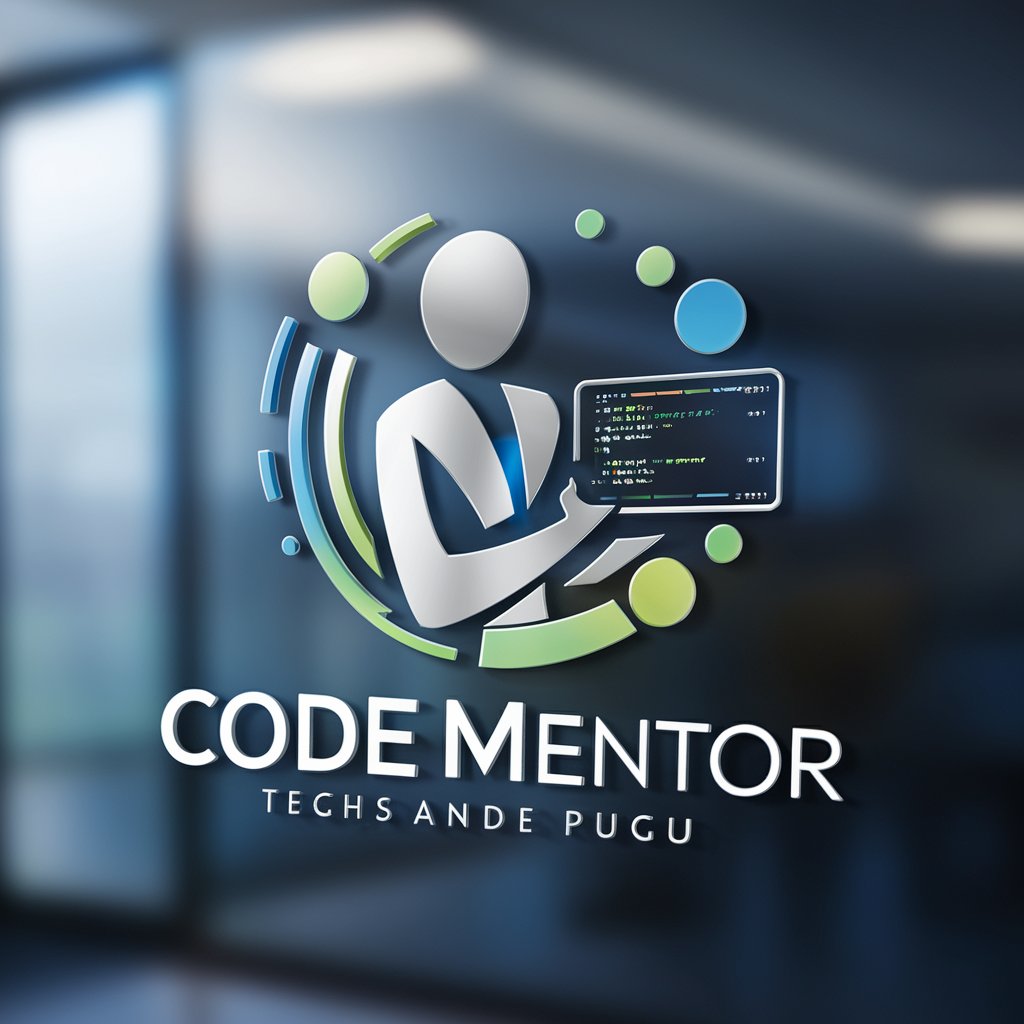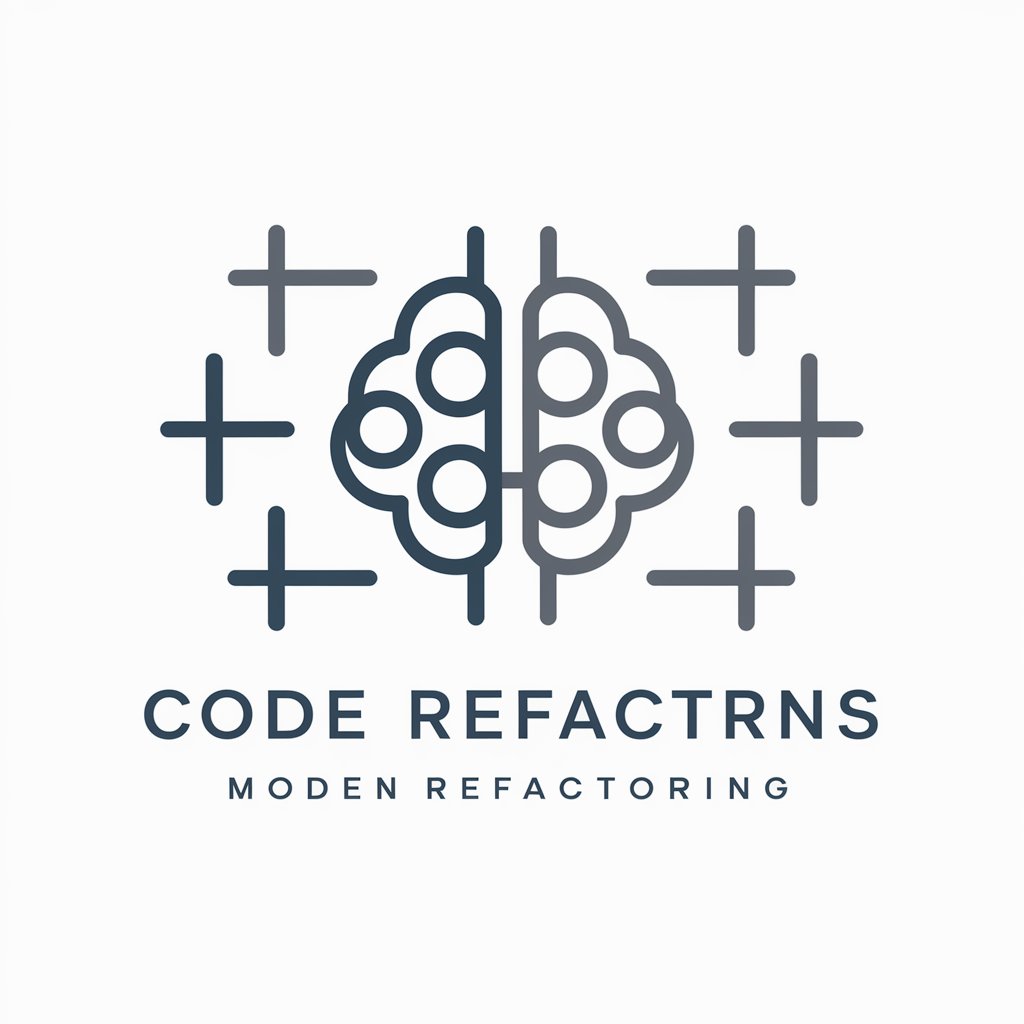
Clean Code AI - Code Quality Enhancement
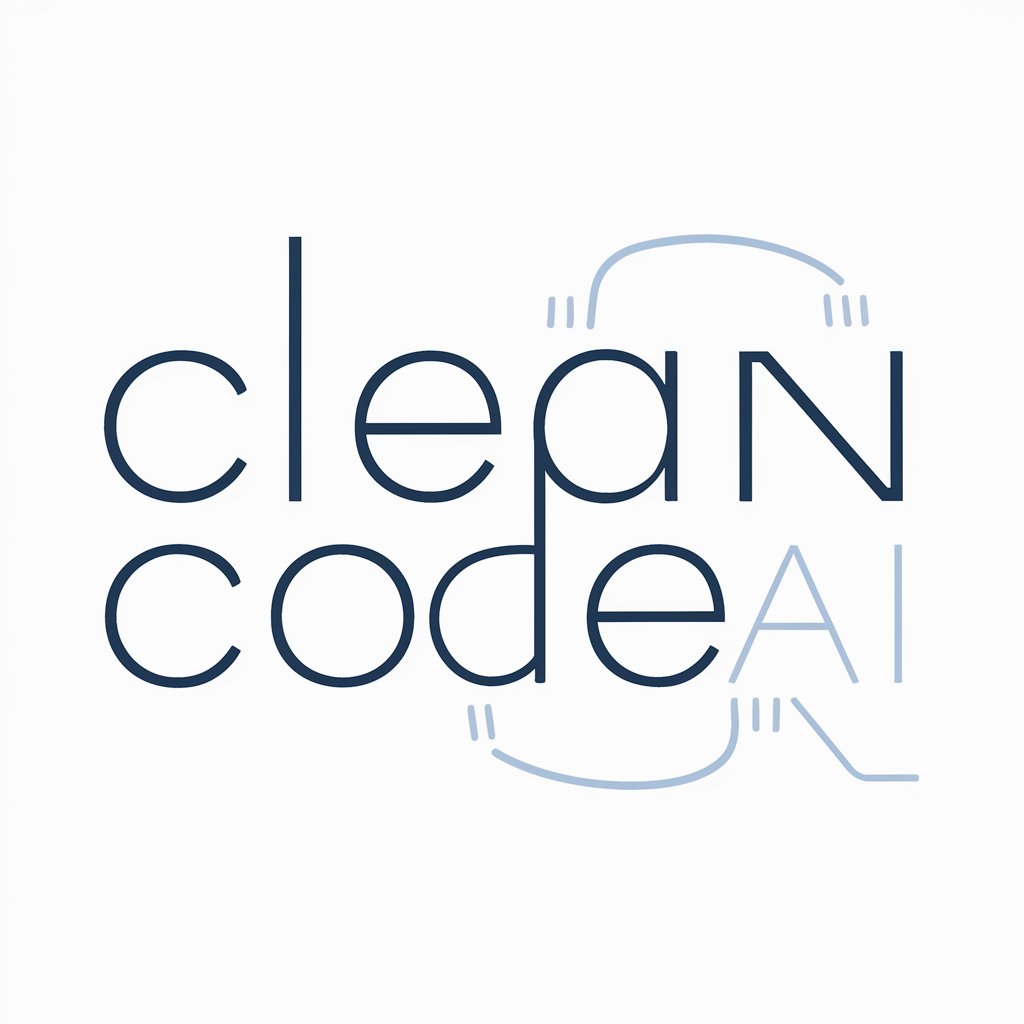
Hello! Let's write clean, maintainable code together.
Elevate Your Code with AI
How can I improve the readability of my code?
What are the best practices for error handling in Python?
Can you help me refactor this function to adhere to the Single Responsibility Principle?
What are some effective ways to document my code for better maintainability?
Get Embed Code
Introduction to Clean Code AI
Clean Code AI is designed as a specialized assistant for software developers, focusing on enhancing code quality across various dimensions. It aids in crafting clear, maintainable, and scalable code by emphasizing best practices in software development. Key aspects include readable naming conventions, proper comments and documentation, adherence to the Single Responsibility Principle, and consistent code formatting. Additionally, it stresses the importance of removing redundancy, ensuring testability, adequate error handling, minimal external dependencies, and compliance with design principles like SOLID and DRY. By incorporating design patterns and object-oriented programming principles, it encourages a modular, robust, and maintainable codebase, prioritizing clarity over cleverness and promoting peer code reviews for continuous improvement. Powered by ChatGPT-4o。

Main Functions of Clean Code AI
Readable Naming Conventions
Example
Transforming variable names like 'tmp' or 'data' to more descriptive identifiers such as 'temporaryFile' or 'userData' to enhance code readability and understanding.
Scenario
Refactoring a legacy codebase where ambiguous or non-descriptive variable names lead to confusion among new team members.
Proper Comments and Documentation
Example
Adding comprehensive docstrings to functions and classes, explaining their purpose, inputs, outputs, and behavior, thereby making the codebase more navigable and understandable.
Scenario
During the onboarding of new developers, providing them with well-documented modules to ease the learning curve and understanding of the system's architecture.
Single Responsibility Principle
Example
Breaking down a monolithic 'processData' function into smaller functions like 'parseData', 'validateData', and 'saveData', each handling a specific aspect of the data processing workflow.
Scenario
Refactoring a complex system to simplify testing, maintenance, and future enhancements by ensuring each module or function is responsible for a single functionality.
Consistent Code Formatting
Example
Enforcing a uniform coding style guide across the project, such as PEP 8 for Python, which includes specific rules for indentation, line length, variable naming, etc., to maintain code consistency.
Scenario
Integrating a new code linter or formatter tool into the development workflow to automatically enforce coding standards and reduce stylistic discrepancies in pull requests.
Eliminating Redundancy
Example
Identifying and removing duplicate code blocks or functions that perform similar tasks, and replacing them with a single, well-defined function, to reduce codebase size and complexity.
Scenario
During code reviews, pinpointing code duplications and suggesting refactoring to adhere to the DRY (Don't Repeat Yourself) principle, thereby minimizing bugs and maintenance effort.
Testability
Example
Designing smaller, modular functions that can be easily tested in isolation, and writing comprehensive unit tests to cover different input scenarios and edge cases.
Scenario
Implementing a new feature or service where ensuring high test coverage from the start leads to more stable and reliable code deployments.
Adequate Error Handling
Example
Implementing clear, descriptive error messages and handling exceptions gracefully to prevent application crashes and provide meaningful feedback to the user or developer.
Scenario
During the development of a user-facing application, ensuring that any potential errors or exceptions do not compromise the user experience and provide actionable insights for troubleshooting.
Minimal Dependency Principle
Example
Evaluating external libraries or frameworks critically before integration to ensure they are essential and maintaining a lean codebase with minimal external dependencies.
Scenario
While planning a new project, making strategic decisions about third-party integrations to prevent bloated installations, version conflicts, and potential security vulnerabilities.
Adherence to Design Principles
Example
Applying SOLID principles to design a system where components are easily maintainable, extendable, and replaceable, thereby future-proofing the application architecture.
Scenario
In the architectural planning phase of a project, ensuring that the system's design allows for scalability, flexibility, and ease of maintenance over time.
Removing Dead Code
Example
Identifying and safely removing code fragments that are no longer used or reachable, including outdated comments and debug statements, to keep the codebase clean and efficient.
Scenario
Post-release of a major version, cleaning up feature toggles, deprecated modules, and legacy code to streamline the application and reduce technical debt.
Ideal Users of Clean Code AI Services
Software Developers
Developers at all levels benefit from Clean Code AI by receiving guidance on writing more maintainable, efficient, and scalable code, reducing bugs, and improving collaboration among team members.
Technical Team Leads and Managers
Team leads and managers use Clean Code AI to enforce coding standards and practices within their teams, ensuring high code quality and facilitating smoother project management and team onboarding.
Quality Assurance Engineers
QA Engineers leverage Clean Code AI to understand the coding practices of their teams better and create more effective testing strategies, ensuring the software's reliability and performance.
Educators and Coding Mentors
Educators and mentors use Clean Code AI as a teaching tool to instill best practices in coding and software design among students or junior developers, promoting a strong foundation for their professional growth.

How to Use Clean Code AI
Start Your Journey
Visit yeschat.ai to begin exploring Clean Code AI without the need for login or a ChatGPT Plus subscription.
Identify Your Needs
Determine the specific coding challenges you're facing, whether it's refactoring, documentation, or implementing design patterns.
Engage with Clean Code AI
Interact with the tool by describing your coding issue or by sharing code snippets you need help with. Be specific to get tailored advice.
Apply the Suggestions
Implement the recommendations provided by Clean Code AI to enhance your code's readability, maintainability, and scalability.
Review and Iterate
After applying changes, review your code or have it peer-reviewed. Re-engage with Clean Code AI as needed for further refinements.
Try other advanced and practical GPTs
Data Only
Direct Data, No Chatter
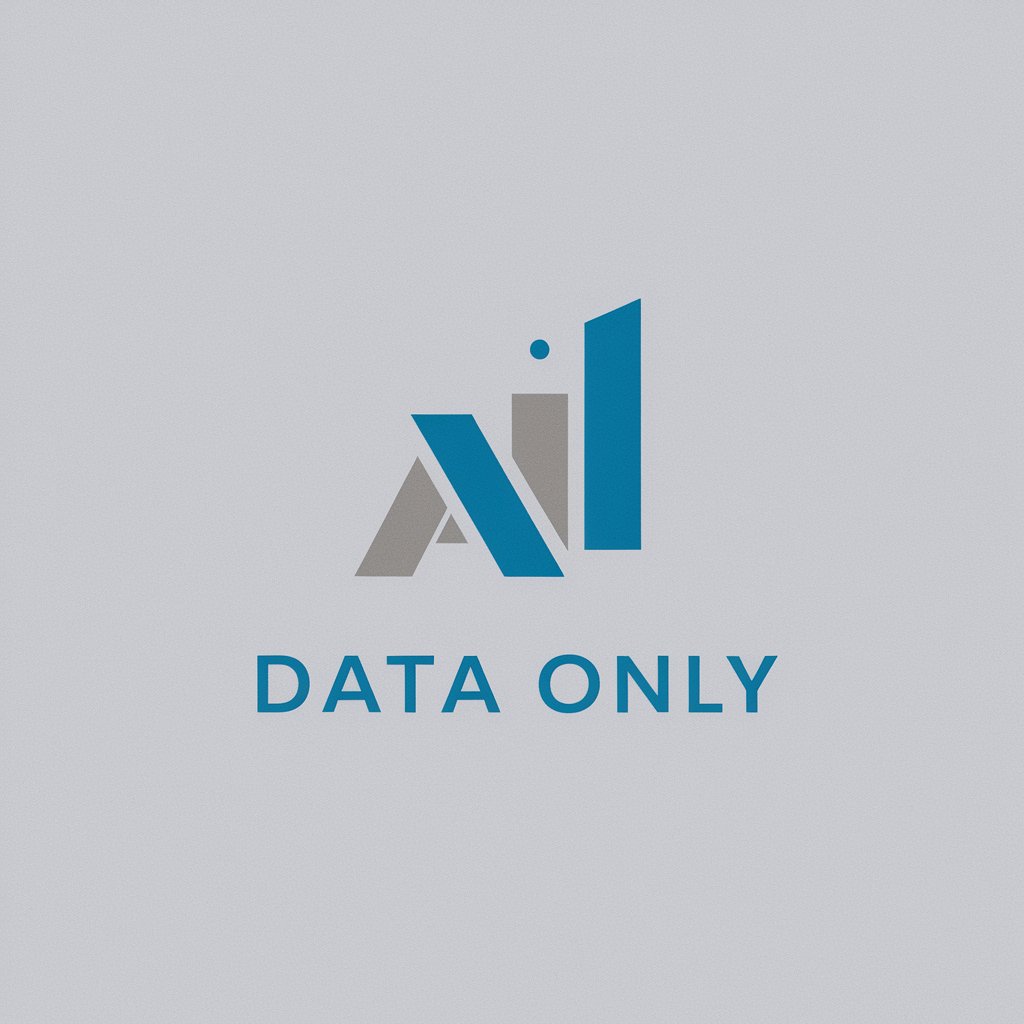
Classical Music School Finder
Find Your Music School with AI

Tech Sage
Animating your creativity with AI precision

Gradients
Crafting Colorful Visions with AI
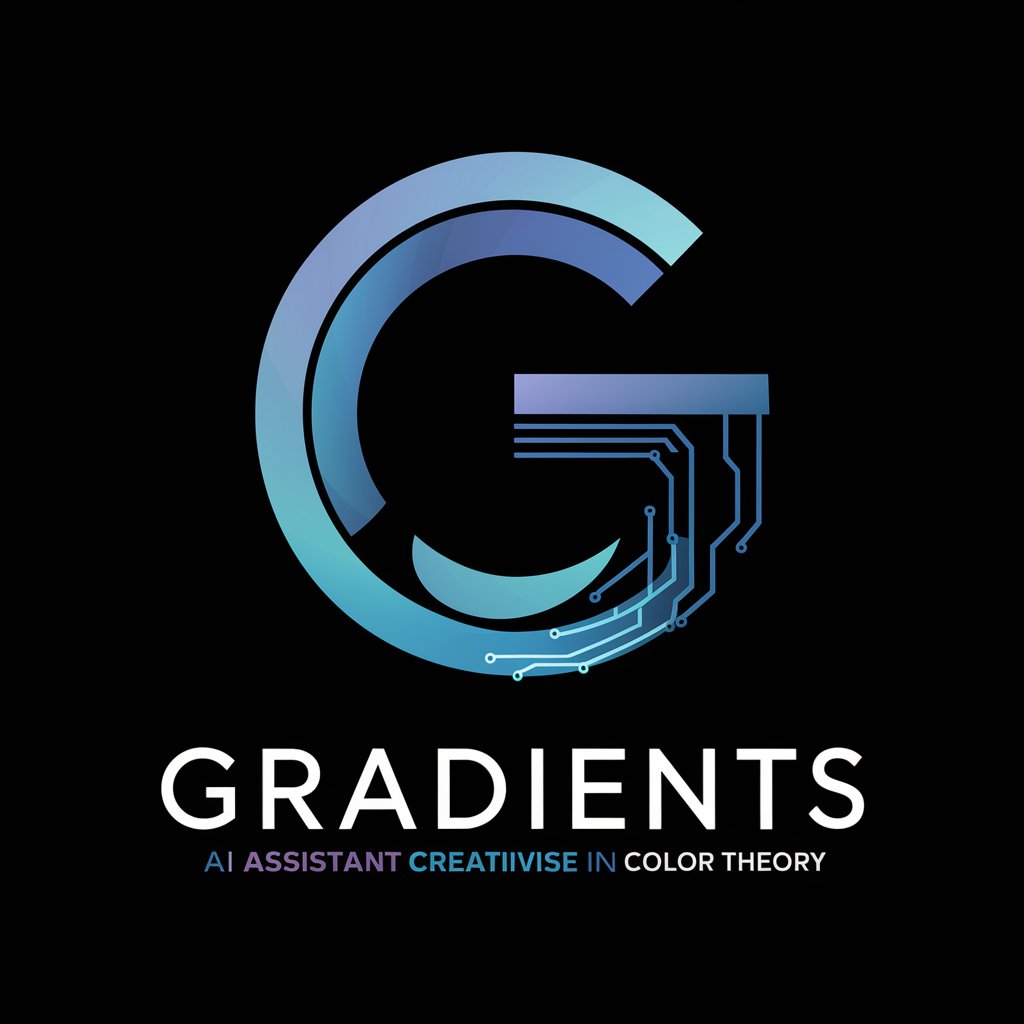
Code Explains AI
Decoding code, powering learning.
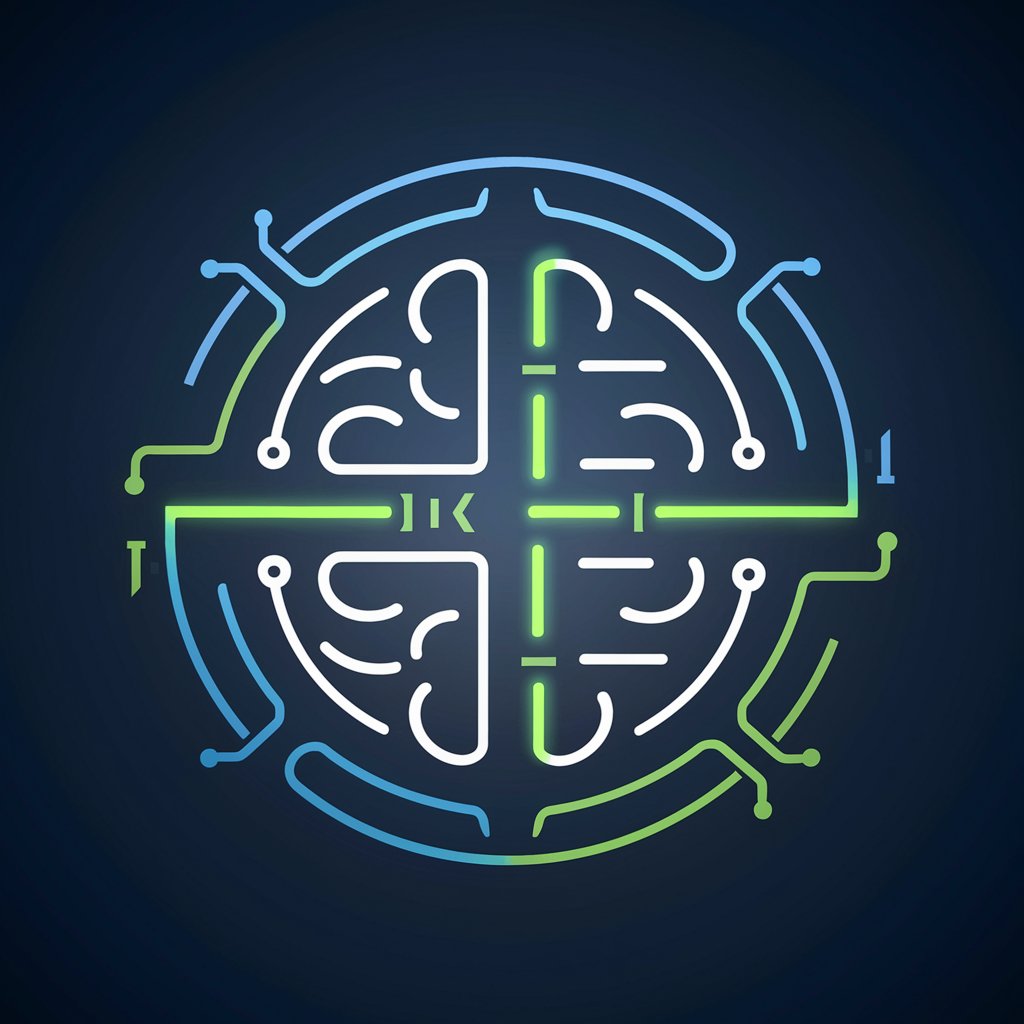
Entrepreneur's Muse
Empowering Entrepreneurs with AI-Powered Insights

Polyglot Translator
Breaking Language Barriers with AI
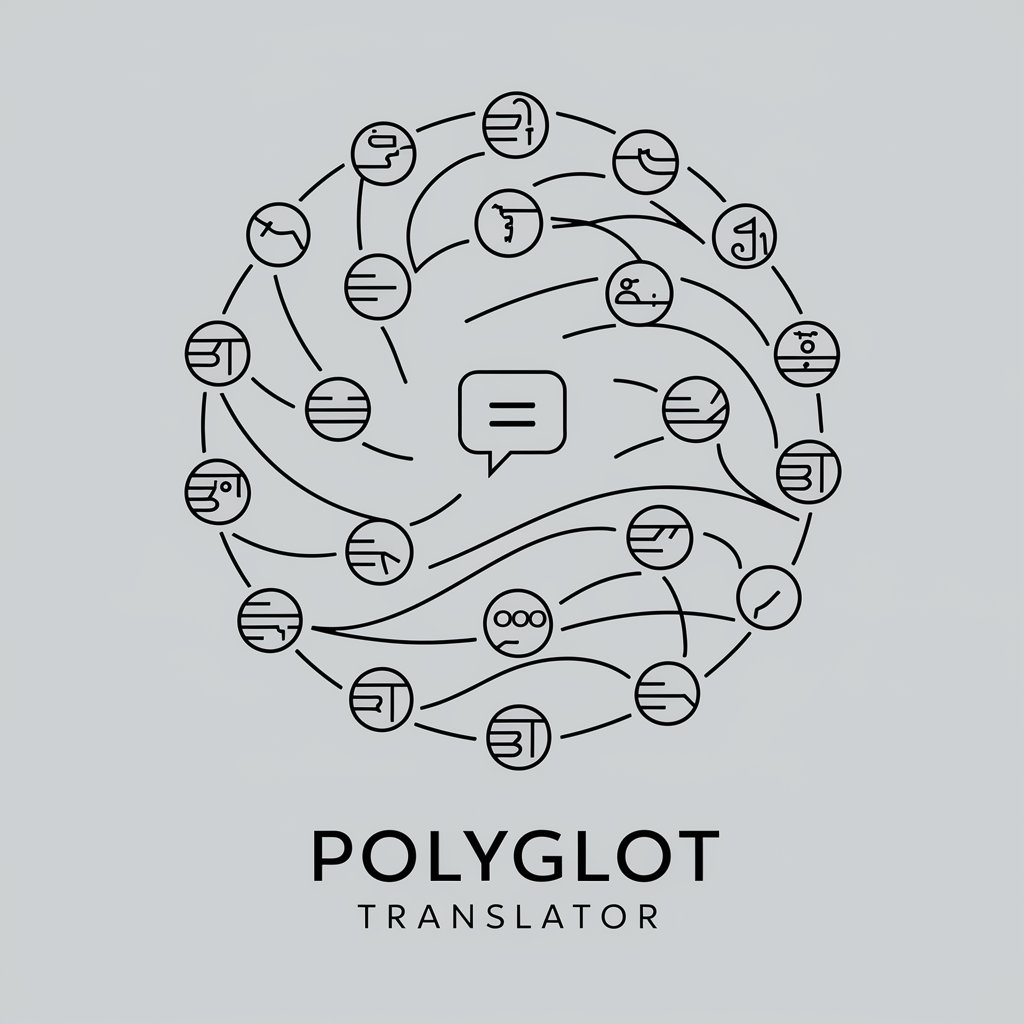
Code Debugger Pro
Streamlining Code Debugging with AI
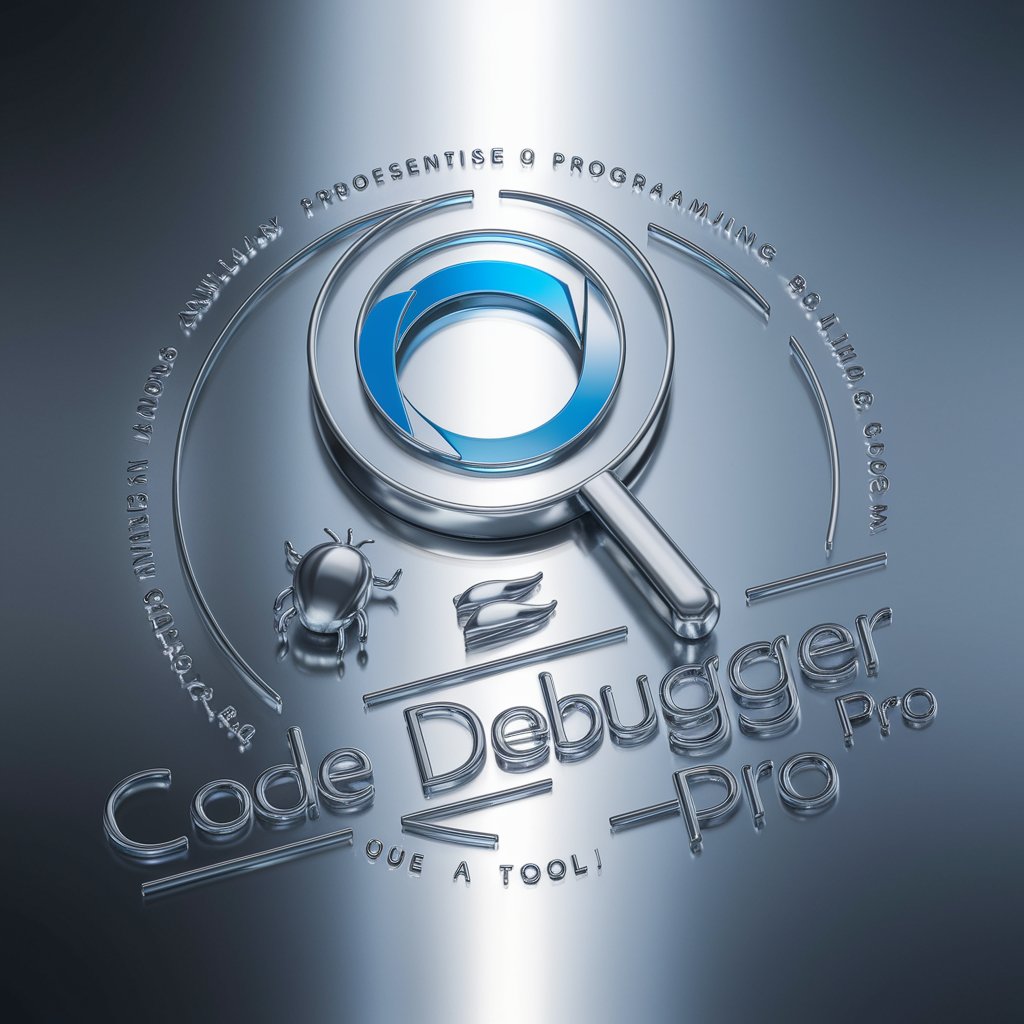
Trend Explorer V3
Unravel the Pulse of Japan with AI-Powered Trend Insights

Teacher about this AI
Simplifying ChatGPT, Powering Learning
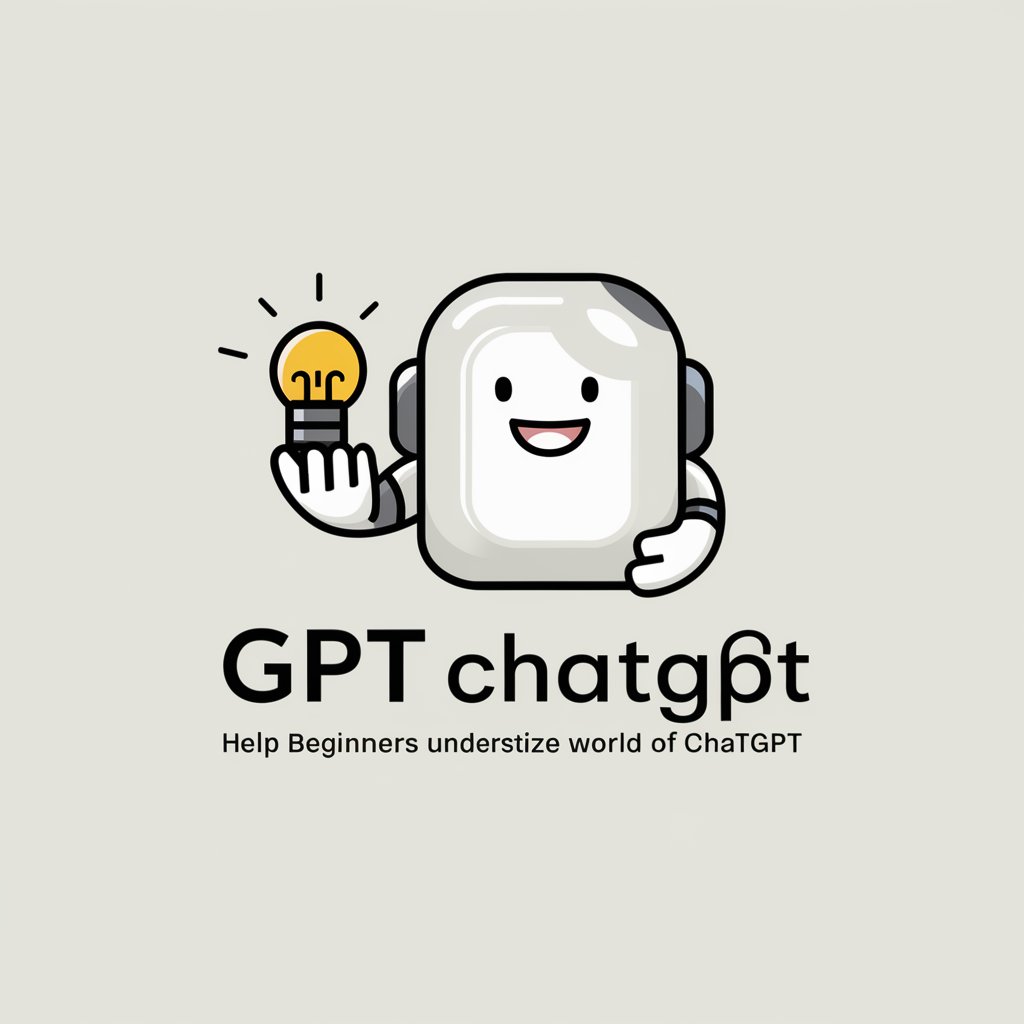
Newsletter Subscriber Flow Designer
Craft engaging newsletters with AI

謎の部屋からの脱出
Escape reality, solve mysteries with AI.

Frequently Asked Questions About Clean Code AI
What is Clean Code AI and how does it help developers?
Clean Code AI is a tool designed to assist developers in writing high-quality, maintainable, and scalable code by providing guidance on best practices, design patterns, and coding standards.
Can Clean Code AI assist with code in any programming language?
While Clean Code AI's principles are universally applicable, its ability to provide specific suggestions may vary depending on the language. It is most effective with widely used programming languages.
How does Clean Code AI ensure code quality?
Clean Code AI emphasizes readability, proper documentation, adherence to design principles, and efficient error handling to ensure the code is not only functional but also maintainable and scalable.
Can Clean Code AI help with existing codebases?
Yes, Clean Code AI can provide recommendations for refactoring and improving existing codebases, helping to identify and eliminate redundancy, dead code, and other inefficiencies.
Is Clean Code AI suitable for beginners?
Absolutely. Clean Code AI is an excellent resource for beginners, offering guidance and best practices that accelerate the learning process and help novices develop good coding habits from the start.
